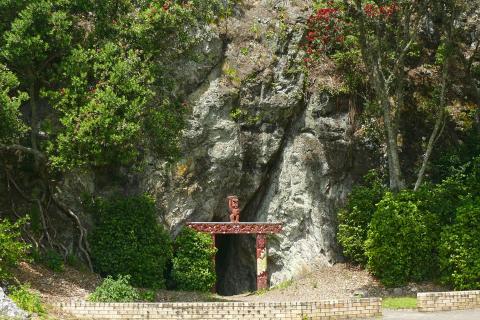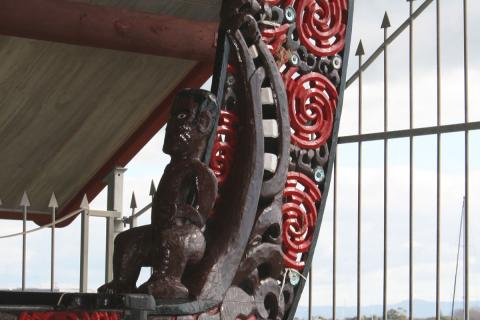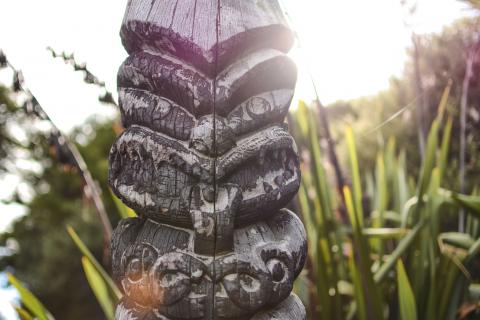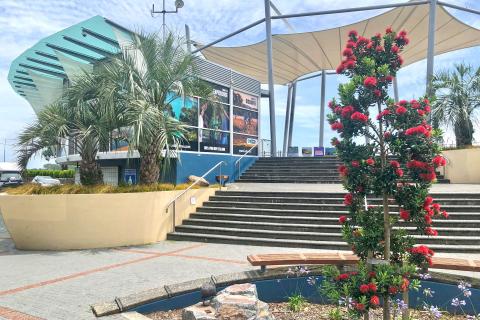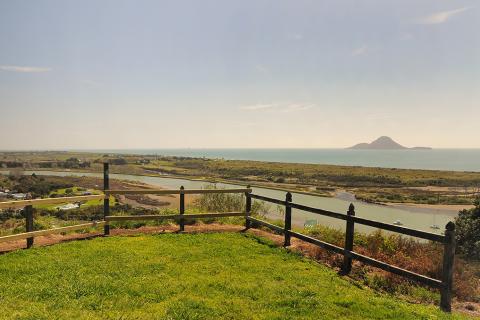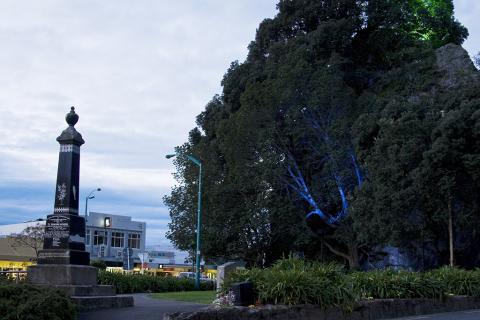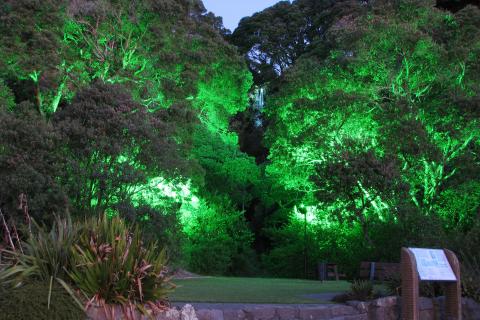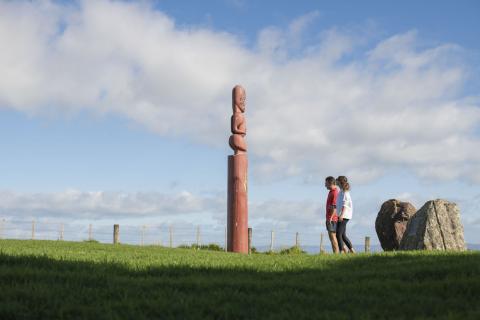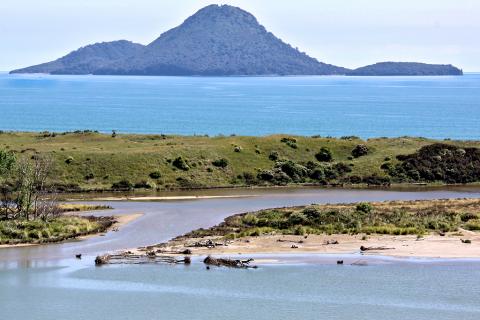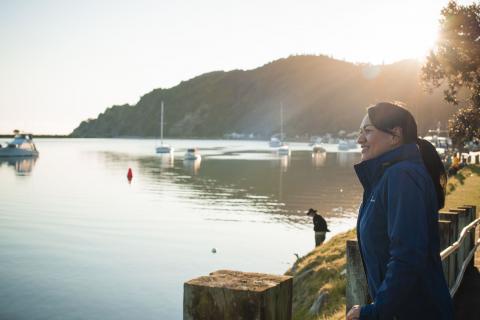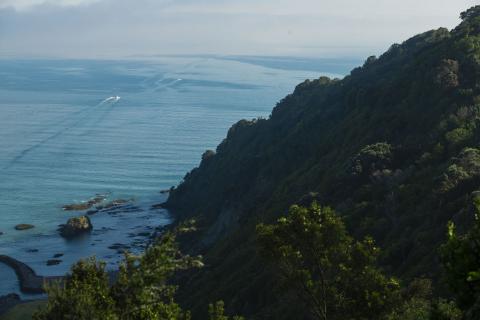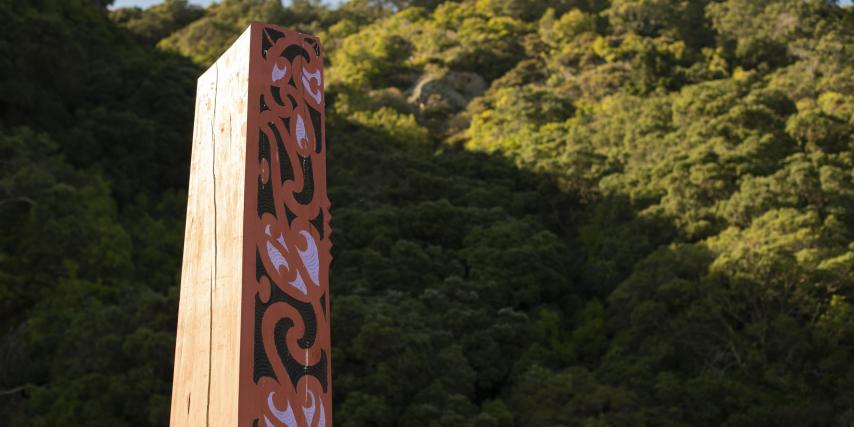
Historic Trail
Follow an interesting Historic Trail around through the town centre and along the river bank.
Information about each point of interest is included in the map markers below. There are also plaques at most sites giving more information.
One of the most sacred and historically significant sites in the Whakatane region. Read more »
A replica of the Mataatua canoe, one of the ancestral vessels that voyaged from Hawaiki. This is the accepted site of the canoe’s landfall, around 700 years ago.
The paru (flax) source.
Otuawhaki has great importance for Ngati Awa, as a fishing ground and place of learning. It is now the site of the Visitor Information Centre. Find out more »
Te Papaka pa site is rich in Ngati Awa history and is located on the ridge know as Taketake. Find out more »
A historic rock at the town centre. Find out more »
Toroa, the captain of the Mataatua canoe, had been instructed by his father Irakewa to look for three landmarks in his search for Kakahoroa (the ancient name for Whakatāne). They were Te Wairere (Wairere Falls), Te Ana o Muriwai (Muriwai’s Cave), and Te Toka o Irakewa (Irakewa Rock).
Find out more »
A historic reserve. Find out more »
The Mataatua waka first landed at Te Toka Tapu, which is sited opposite Turuturu Roimata (Statue Rock) at the Whakatane river mouth. When the waka began to drift and was in danger of being swept onto the rocks, Wairaka uttered the famous words: “E, kia Whakatane ake au I ahau’ – I shall act as a man.
A sacred site to Ngati Awa and indeed all Mataatua Iwi. Te Toka o Irakewa (Irakewa Rock) is one of three landmarks that Toroa was told to look for by his father Irakewa when the Mataatua canoe journeyed to Whakatane.
The Whakatāne Heads
